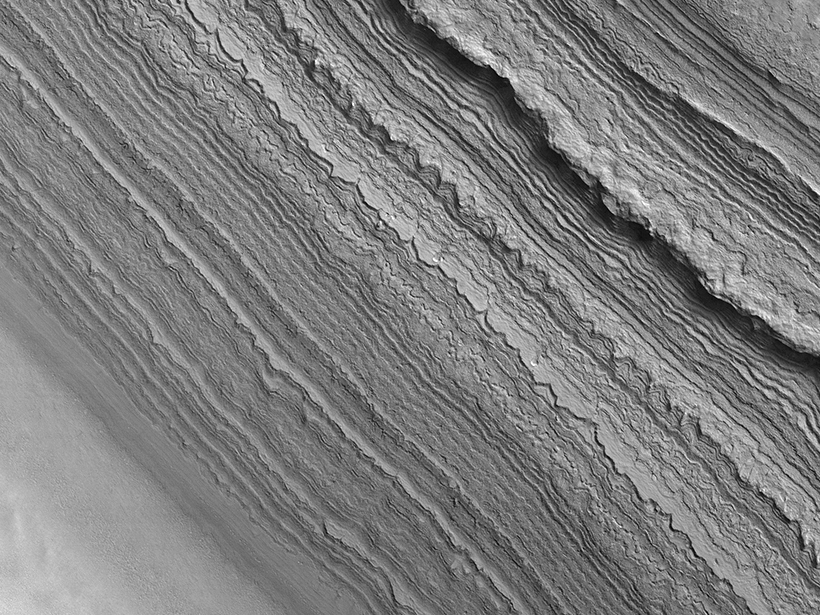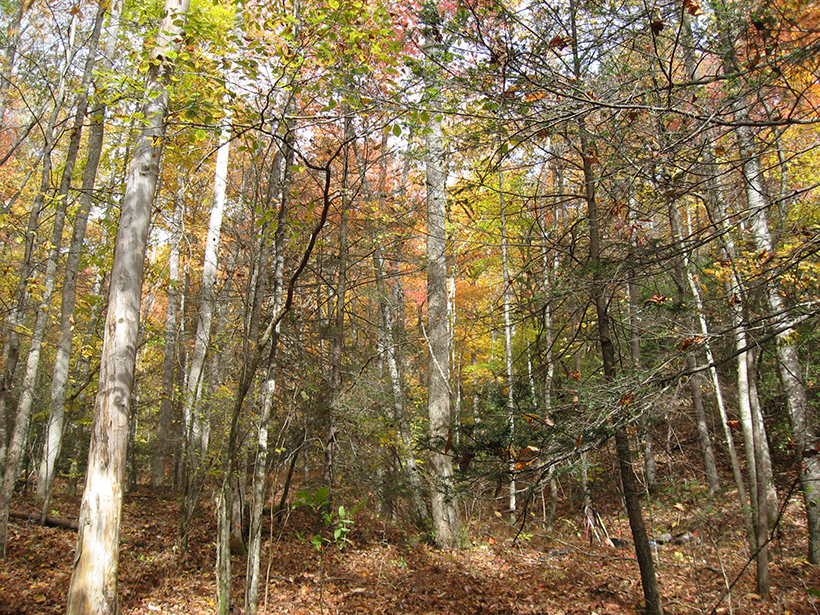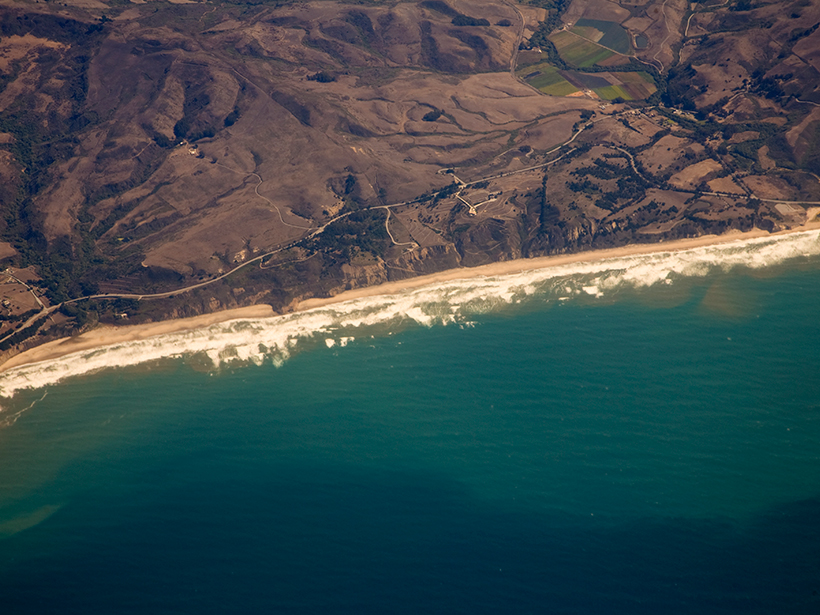Shallow Radar correlation of discrete units in one of the Red Planet’s largest ice reservoirs suggests that its material was emplaced as a single, regional deposit.
Research Spotlights
Research spotlights are plain-language summaries of recent articles published in AGU’s suite of 24 journals.
Improving Air Quality Could Prevent Thousands of Deaths in India
More stringent emission controls are key to the country’s future health.
How Two Massive Space Storms Zapped Alaska
New study reveals how space weather causes rapid fluctuations in Earth’s surface geomagnetic field.
Rising Seas Increase Methane Emissions from the Mouths of Rivers
Drowned river deltas exhale large quantities of greenhouse gas, new study finds.
Scraping Bottom: Iceberg Scours Reveal North Atlantic Currents
A 3-D seismic analysis of Pleistocene iceberg gouges indicates that surface currents in the Norwegian Sea flowed northward and remained consistent during numerous glacial cycles.
How Jupiter’s Icy Moons Got Their Bands and Grooves
Europa’s churning ice crust could reveal signs of ocean life, new study suggests.
Insect Infestations Alter Forest Carbon Cycle
A hemlock woolly adelgid outbreak in southern Appalachia prompted a transformation in where the forest stores carbon.
How Are Sediment Pulses Generated?
A new long-term flume experiment shows that bed load gravel travels downstream in recurring, 10-hour pulses even when water flow and sediment supply are constant.
Invasive Freshwater Mussels Drive Changes in Estuary Sediments
The golden mussel has spread quickly in the 30 years since its arrival in South America and is transforming aquatic ecosystems in waterways across the continent.
On the Origin of Infragravity Waves
Seafloor pressure sensor data show that long-period ocean surface waves radiating from the world’s shorelines are mostly reflected back to shore by the continental shelf edge.










